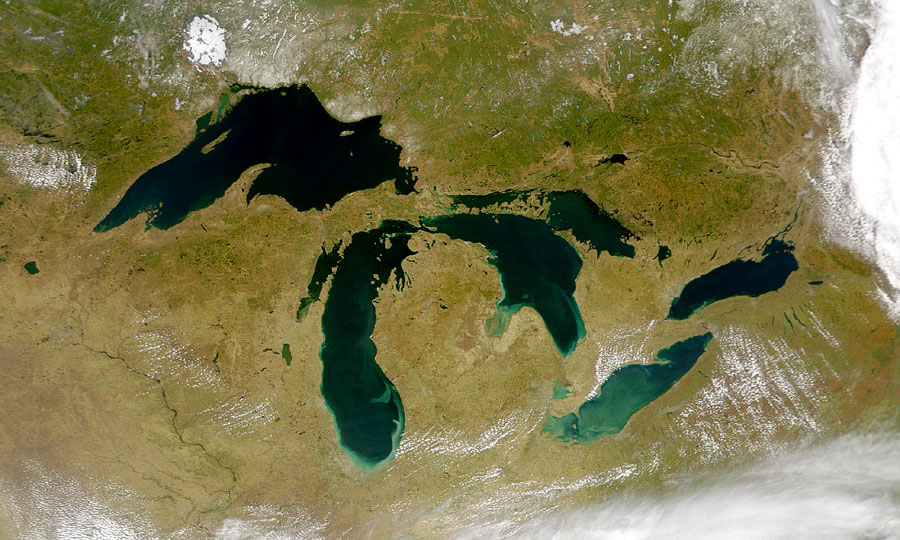It’s the final day of the GLRPPR/Region 7 Conference in Indianapolis, IN. On the agenda for this afternoon is a webinar presented by Natalie Hummel of the U.S. EPA providing an overview of two new measurement tools developed by U.S. EPA Headquarters. The GHG Calculator is designed to assist P2 managers, staff and grantees in calculating greenhouse gas (GHG) reductions from established conversion factors in the following categories:
- Electricity Conservation (GHG reductions from electricity conversation or reduced use of energy)
- Green Energy (GHG reductions from switching to greener or renewable energy sources)
- Fuel Substitution (GHG reductions from reduced fuel use, substitution to greener fuels)
- Greening Chemistry (GHG reductions from reduced use of GWP chemicals)
- Water Conservation (GHG reductions from reduced water use)
- Materials Management (GHG reductions from green manufacturing processes and waste management scenarios)
- Cross Reference to other applicable tools (A reference table that provides end users an overview of applicable GHG tools and models)
The P2 Results Database, a web-based tool, designed to collect and quantify P2 progress related to air, water, waste and energy reductions from non-profits, local, state, and federal entities plays a significant role in demonstrating P2 benefits on a regional and national level. A critical part of the P2 Results Database is documenting cost savings that result from government, businesses and facilities implementing P2 activities. This database uses a P2 cost calculator to quantify cost savings based on established methodologies and sound research. Over the last several months, the Pollution Prevention Program worked to update and redesign the tool to enhance functionality and better document cost benefits over time. Today’s webinar will also provide an overview of the cost calculator tool.
If you were unable to attend this week’s conference and/or the webinar provided today, or if you would like to recommend the webinar to your colleagues, the Western Sustainability and Pollution Prevention Network (WSPPN) will be providing a similar webinar on June 18, 2009. See the GLRPPR calendar entry for the WSPPN webinar for details and a link to the event registration page.
For more useful calculators and links to your regional module of the P2 Results Data System, see the GLRPPR P2 Measurement & Calculators Sector Resource.



